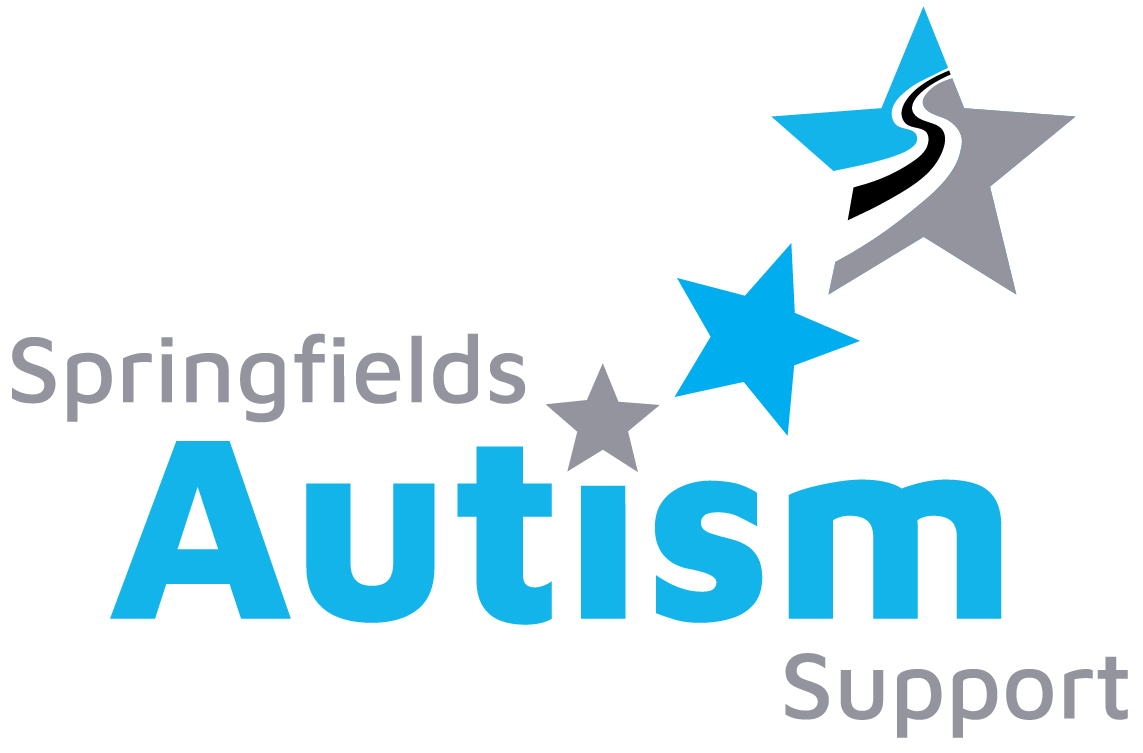A-Fest 2025 - Key Points from Dean Beadle's Keynote Seminar
Supporting Autism in Education: Insights from Dean Beadle’s Key Note Speech at A-Fest 2025.
I recently had the privilege of attending A-Fest, a festival celebrating autism and autistic individuals. A-Fest, now in its 7th year, features thought-provoking presentations, lived experiences and practical advice from leaders in the field. One of the highlights was the keynote speech by Dean Beadle, an autism advocate and professional, who shared powerful insights into the lived experiences of autistic individuals and how educators can better support them in the classroom.
Anxiety and Environment: A Crucial Connection
Dean began by discussing a critical aspect of autism that is often overlooked: anxiety as a byproduct of both the autistic experience and the environment, not just autism itself. Many autism-related research studies focus on distress, particularly when autistic individuals are feeling overwhelmed. However, Dean emphasised that autistic people are not defined by their distress; rather, their experiences of calm and stability are often sidelined or ignored in research. This oversight is a reminder of the importance of viewing autism from a holistic perspective, one that also accounts for the individual’s well-being in non-stressful settings.
The Impact of Invalidating Experiences
Dean shared a poignant observation: from an early age, autistic individuals’ experiences are often invalidated. They are frequently told, “That’s not real,” or “That’s not true,” when expressing their distress. This repeated dismissal of their feelings sends a harmful message—that their emotions do not matter. This experience, although subtle at times, has long-term consequences on how autistic individuals navigate the world, making it more difficult for them to communicate their needs and find safety.
Making Transitions Safe and Predictable
Dean shared a key insight from Charlene Tait: Often, what is perceived as an individual being "stuck" is actually their desire for safety and familiarity. Autistic individuals thrive in environments where structure and predictability occur. When transitions are necessary, they should be made as safe and familiar as possible, as no one enjoys moving from certainty to uncertainty.
However, it’s important to acknowledge that while we strive for stability, change is inevitable. Autistic individuals may struggle more with these transitions than others, which means we must work harder to reduce unpredictability. As professionals, we must make sure to maintain consistency in staff presence, lesson plans, and the overall school environment. These small but significant efforts can make a tremendous difference in reducing anxiety and helping individuals feel secure.
Burnout: More Resilience is Not the Answer
One of the most impactful messages shared during the seminar was about autistic burnout. Many times, when an autistic individual reaches burnout, the advice given is to simply to “try harder.” However, this approach is unhelpful. Autistic individuals are often taught to be more resilient in a world that isn’t designed for them. The problem isn’t that they need more resilience; rather, we need to change the world to accommodate their needs. This echoes the social model of disability- something we advocate as an academy.
A critical first step in this change is creating a sense of safety for autistic individuals. Professionals must prioritise building safety into the environment and daily routines, asking essential questions like: “What makes you calm?” Understanding how an environment can either enhance or hinder an autistic individual’s sense of calm is key to fostering success.
Understanding Anxiety: Not Just About the Negative
Autistic individuals experience anxiety in unique ways. While many people think anxiety stems from worrying about negative outcomes, for autistic individuals, it can also stem from the uncertainty of positive outcomes. The unknown—even when the outcome might be good—can still be unsettling and make it hard to focus.
This insight reshapes how we approach anxiety in autism. Trusting relationships are paramount in alleviating anxiety. Autistic individuals need consistent and reliable people around them—those they can trust to help guide them through difficult moments. Trust, stability, and predictability are the building blocks that make a real difference.
Best Practices for Supporting Autistic Individuals with Anxiety
When supporting autistic individuals dealing with both autism and anxiety, it is crucial to follow these key guidelines:
-
Validate their feelings: Never dismiss or downplay their emotions. It’s essential that they feel heard and understood.
-
Provide facts, not opinions: Offering clear, factual information—backed up by evidence—can help reduce anxiety, particularly in uncertain situations.
-
Reduce social pressure: Autistic individuals often feel social pressure in ways that others do not. Minimizing this pressure can help ease anxiety.
-
Provide expressive outlets: Encourage opportunities for self-expression through activities like art or music, which can serve as a healthy release for anxiety
Moving Forward: Creating Safe Supportive Spaces.
As educators and professionals, we have the power to make a positive impact on the lives of autistic individuals. By fostering environments that prioritise predictability, safety, trust, and validation, we can help autistic people not just survive, but thrive.
The insights shared during this keynote were a timely reminder of how much work remains to be done. But they also offered hope and direction for those of us who are committed to changing the world for autistic individuals, one small step at a time.
Let’s continue the conversation and work towards more inclusive, understanding educational environments that benefit everyone.
Written by Jessica Coulson, SAS Autism Advisor
